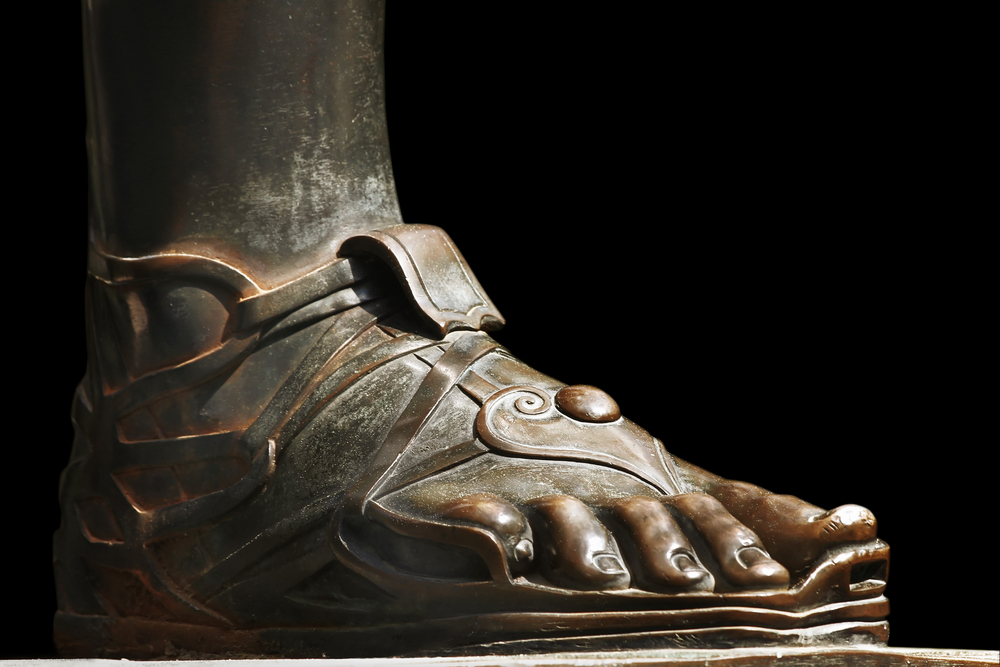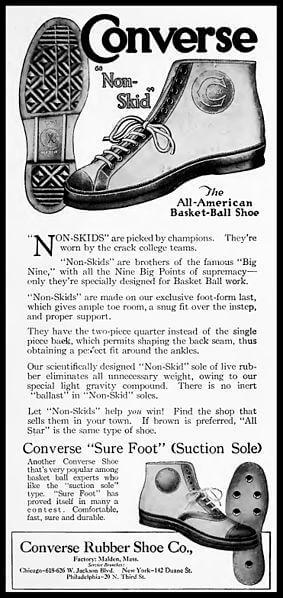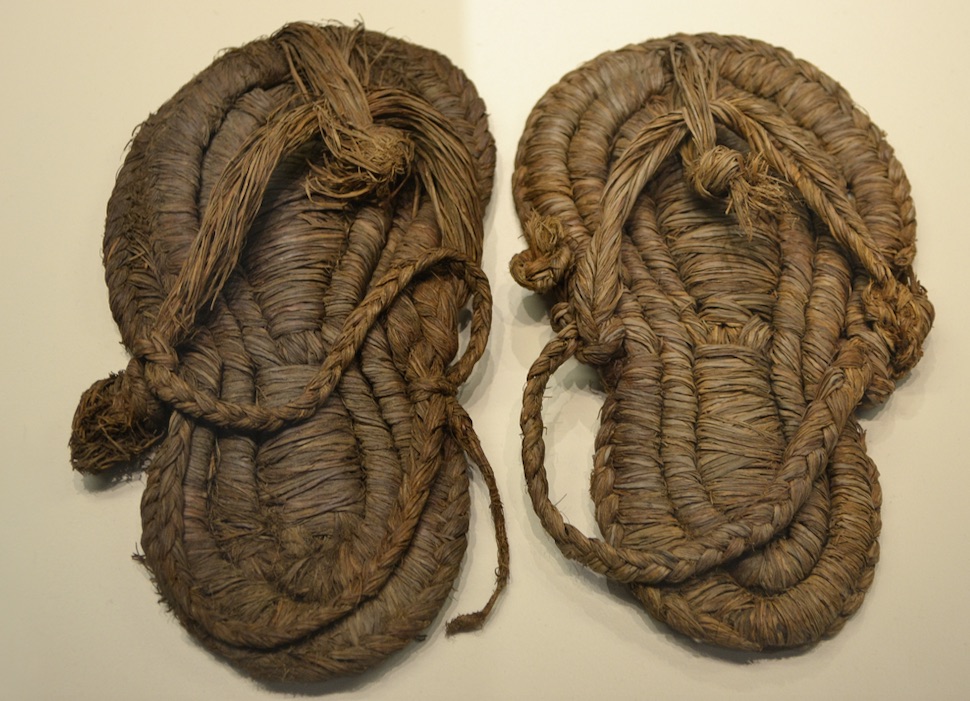The story of footwear is as old as civilization itself! From the ancient times of prehistoric humans to the high-tech sneakers of today, shoes have been an integral part of human culture and fashion. Understanding when shoes were invented can help shoe enthusiasts, fashion lovers, and professionals appreciate the evolution of this essential accessory. In this article, we will delve into the history of shoes, explore notable designs, highlight case studies, and answer frequently asked questions—all while keeping a friendly tone. So, lace up and get ready for an exciting journey!
The Earliest Origins of Shoes
The history of footwear dates back thousands of years, with the earliest known shoes emerging around 3500 BCE in what is now Armenia. Archaeological findings suggest that these simple leather shoes were designed to protect the feet from environmental hazards.
Prehistoric Footwear
Before the formal invention of shoes, early humans adapted to their surroundings by going barefoot or wrapping their feet in natural materials like animal skins or plant fibers. These early innovations were practical solutions to the challenges posed by rough terrain. The creativity of prehistoric man laid the groundwork for future footwear designs.

Case Study: The Ötzi Iceman
One of the most notable discoveries highlighting the ancient use of shoes is the case of Ötzi the Iceman, a well-preserved natural mummy from around 3300 BCE discovered near the border of Austria and Italy. Ötzi wore grass-tufted shoes made from plant fibers and leather, showcasing early footwear’s dual role in protection and warmth. His shoes are considered a marvel of ingenuity, designed for the rugged Alpine environments of his time.

The Evolution of Shoes Through Ages
As civilizations progressed, footwear evolved significantly. The ancient Egyptians, Romans, and Greeks each contributed unique styles and functionalities to shoe design over the centuries.

Ancient Egyptian Footwear
The ancient Egyptians were among the first to create sandals, primarily made from papyrus, palm leaves, or leather. Sandals were not only practical for the warm climate but also served as a status symbol; the more elaborate the design, the higher the social standing of the wearer.

Pros and Cons of Ancient Sandals
| Pros | Cons |
|---|---|
| Lightweight and breathable, perfect for hot climates | Limited protection against rough terrain |
| Easy to make from locally-sourced materials | Could wear out quickly with heavy use |

The Roman Influence
Roman footwear, particularly the famous caligae, marked a significant advancement in shoe design. These military-style sandals featured thick soles and were made to withstand the rigors of long marches. Unlike their Egyptian counterparts, Roman shoes prioritized durability, reflecting the empire’s military ethos.

Real-World Experience: The Caligae Today
Modern reenactors and history enthusiasts often seek out replicas of Roman caligae for historical events. Wearing these shoes provides a tangible connection to the past and enables individuals to experience a bit of Roman life, from comfort to overall mobility. Users report that while they are not the most comfortable for long walks today, they make an excellent conversation starter!

The Renaissance and the Birth of Fashionable Footwear
With the advent of the Renaissance in Europe came a revolution in shoe design. The emphasis shifted from mere functionality to aesthetics, allowing shoes to become statements of fashion and status.
Baroque and Rococo Styles
During the Baroque and Rococo periods, shoes became ornate, featuring elaborate decorations, heels, and unique materials. It was during this time that the concept of the high heel emerged, forever changing the footwear landscape.
Comparison Table: Footwear Through the Ages
| Period | Style | Materials | Functionality |
|---|---|---|---|
| Ancient Egypt | Sandals | Papyrus, leather | Protection, status symbol |
| Roman Empire | Caligae | Leather | Durability, military use |
| Renaissance | High Heels | Silk, brocade, leather | Fashion, status |
The Industrial Revolution and Mass Production
The late 18th and early 19th centuries brought about significant changes in footwear production. The Industrial Revolution introduced mechanization, allowing shoes to be produced on a much larger scale.
Standardization of Shoe Sizes
With mass production came the standardization of shoe sizes, making it easier for consumers to find well-fitting footwear. This change revolutionized the industry, paving the way for modern shoe retailers.
Product Highlight: Converse Chuck Taylor All-Star
The Converse Chuck Taylor All-Star, introduced in 1917, exemplifies how mass production shaped the footwear landscape. Originally designed as a basketball shoe, its distinctive style has made it a fashion icon embraced by various subcultures over the decades. Its timeless design, combined with affordability and comfort, makes it a staple in many wardrobes. This shoe’s evolution reflects the broader trends of industrialized footwear—accessible, stylish, and functional.
The Modern Era: Sneakers and Beyond
Today, shoes are more diverse than ever, ranging from luxury designer heels to casual sneakers. The rise of athleisure has popularized sneaker culture, creating a booming market for footwear enthusiasts.
Technology and Shoe Design
Modern shoe design incorporates advanced technology, such as cushioning systems, breathable materials, and sustainable production methods. Brands are focusing on creating footwear that not only looks good but also performs well and is eco-friendly.
Pros and Cons of Modern Footwear
| Pros | Cons |
|---|---|
| Variety of styles and materials | Can be more expensive due to advanced technology |
| Emphasis on comfort and performance | Some trendy styles may sacrifice comfort |
Fascinating Footwear Facts
As we reflect on the evolution of shoes, here are some fascinating facts that highlight the significance of footwear in our lives:
- The oldest known shoe was discovered in Armenia, dating back to around 3500 BCE.
- The United States produces approximately 75% of its footwear overseas.
- The global footwear market is expected to reach $530 billion by 2027.
- High heels were initially worn by men in the 16th century to signify status and wealth.
Frequently Asked Questions (FAQs)
1. Where were shoes first invented?
Shoes were first invented in ancient Armenia, with the oldest known examples dating back to around 3500 BCE.
2. What were the first shoes made of?
The first shoes were made from natural materials such as leather, plant fibers, and animal skins to provide protection and comfort.
3. How have shoes evolved over time?
Shoes evolved from simple protective coverings to elaborate fashion statements, influenced by cultural, social, and technological changes throughout history.
4. Who invented high heels?
High heels were popularized in the 16th century by men, particularly in Persia, before becoming a predominantly female fashion choice.
5. Are modern shoes better for our feet?
Modern shoes often incorporate advanced technology designed for comfort and support, but the right footwear varies by individual needs and activities.
6. What materials are commonly used in shoes today?
Today’s shoes are made from a variety of materials, including leather, synthetic fabrics, rubber, and eco-friendly options like recycled materials and vegan leather.
7. What are the most popular shoe brands in the U.S.?
Some of the most popular shoe brands in the U.S. include Nike, Adidas, Puma, Converse, and Vans, known for their quality and innovative designs.
8. How can I choose the right shoes for my feet?
Choosing the right shoes involves considering foot shape, size, arch support, and the intended use, whether for sports, casual wear, or formal occasions.
9. Are expensive shoes worth it?
While expensive shoes may offer better materials and craftsmanship, it’s important to assess personal comfort and style preferences before making a purchase.
10. What future trends can we expect in footwear?
The future of footwear is likely to include more sustainable practices, advancements in comfort technology, and designs that cater to unique foot shapes.
Conclusion: The Timeless Journey of Footwear
From their humble origins as protective coverings to their iconic status in fashion, shoes have a rich history that continues to evolve. With a keen eye on trends and innovations, footwear will remain a crucial part of our lives. Whether you are a shoe enthusiast, a fashion lover, or a professional in the footwear industry, understanding the history and future of shoes can enhance your appreciation for this timeless accessory. So, as you lace up your next pair, remember the incredible journey that brought footwear to where it is today!